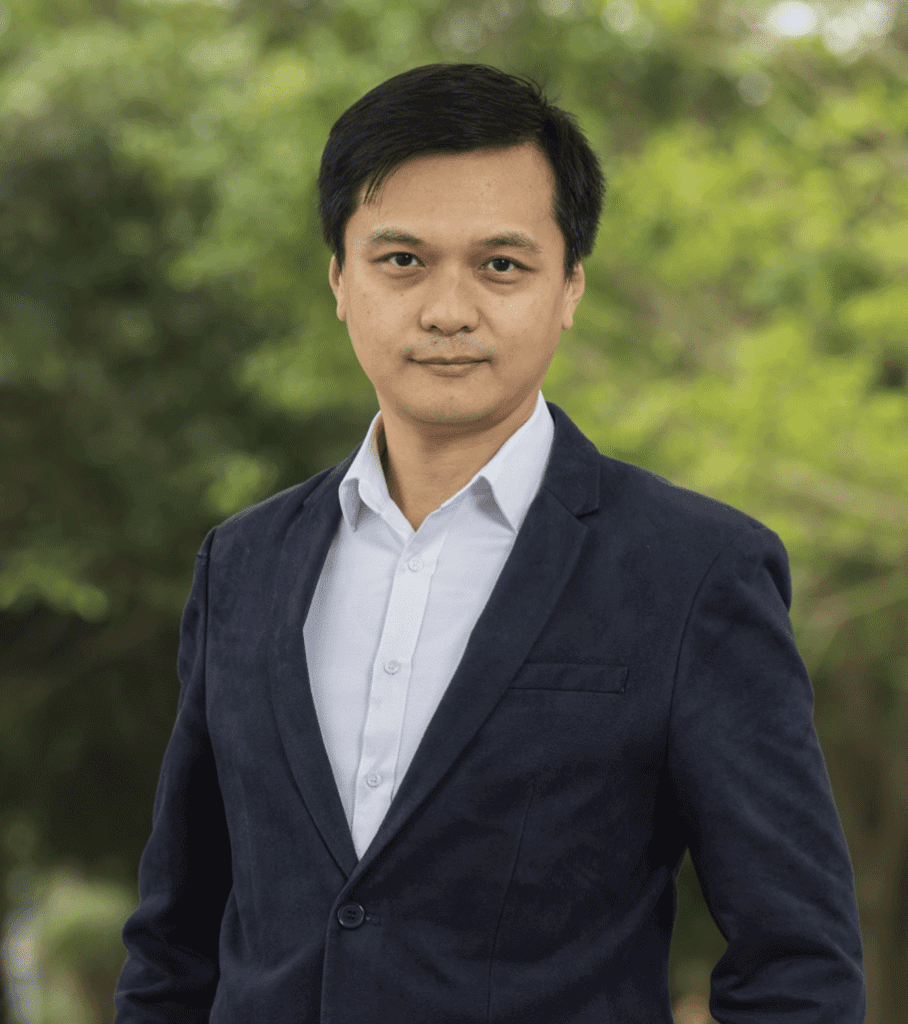Materials
Quantum
Investors on quantum’s next big moves: what founders need to know
Reading time: 5 mins
How questions over the circular economy and the environmental impact of batteries are accelerating innovation
Though electric power is at the forefront of making transport greener, the lithium-ion batteries used in electric transportation pose a serious environmental problem. Not only do they require extensive mining to gather the rare metals used in their production, but attempting to recycle those precious constituents is also energy intensive and costly.
The manufacturers of the latest car batteries are attempting to reduce the metals required in their composition, particularly cobalt, but the issue remains. As electric cars are scrapped and replaced – or even written off in accidents – what should happen to the 11m tonnes worth of spent electric car batteries that The Guardian estimates will have built up by 2030?
The question is so pressing that the EU Battery Regulation Directive was introduced in August 2023 to boost the proportion of materials recovered from end-of-life cells so they can be used in new batteries. It applies to all battery types and will mean 50% of any available lithium will need to be recovered by 2027, 80% by 2031. By the end of the decade, the Directive will insist 5% of lithium used in new batteries has been recycled, 12% by 2036.
For scientists, this raises serious questions of how the circular economy’s mantra of “reduce, reuse and recycle” can be applied to prevent waste and reduce the need for environmentally ravaging open-cast mining.
The question has become even more crucial now due to the latest research from Ritsumeikan University in Japan, which estimates that the demand for raw materials will triple by 2050 to keep up with the global growth in electric car sales. With batteries accounting for half of this increased demand, the scientists have highlighted the growing need to recycle car batteries – a move that could reduce the need for new materials by 40%, they suggest.
The “reuse” aspect is being put into practice at the University of Bristol, where researchers are using the batteries from 24 electric cars to power a “campus testbed” building. This project is part of the renovation of a 200-year-old building near Bristol Temple Meads railway station, in partnership with the Bristol Digital Futures Institute. Funding for the battery packs came from Research England.
The cells sit inside two 20-feet-long containers which are connected to a 30kW array of solar panels on the building’s roof. This provides a good level of charge to the batteries, but the main charge events will be initiated to coincide with when the National Grid has the highest proportion of green energy available. It is this growing understanding of how to run a second life battery installation, such as deciding when to charge and discharge the battery array, that lies behind the research project.

Dr Alastair Hales, Senior Lecturer in the School of Electrical, Electronic and Mechanical Engineering at the University of Bristol, explains that the installation side of the operation is fairly straightforward. It is the problem of what to do next, and how to manage a valuable asset, that the research team is hoping to address.
“We’ve got a chicken and egg situation – businesses get the idea of reusing car batteries in their facilities, but they need to be reassured that it will work,” he says. “That is why we’re setting up the testbed in Bristol. Possibly the most important part will be the control management software we’re developing for it. The system is being trained to charge up from the national grid when we know renewables are producing a large proportion of the electricity available. This will vary depending on sun and wind conditions. We can then discharge the battery, topping it up when the grid is carrying a high proportion of renewable electricity again.”
Hales adds that the software, “will also look at deterioration of the cells and how they can be best managed. Any company will then be able install a similar battery system and we want to provide insight into how to get the best performance from it.”
Globally, there is an extensive movement to not only find ways of reusing lithium-ion batteries but also to recycle them when they are no longer viable. The importance of this work was recently highlighted when battery technology company GRST was named one of the 2023 Earthshot Prize winners. GRST has developed a more environmentally friendly way of making lithium-ion batteries so they are easier to recycle.

As co-founder Justin Hung explains, the process requires a new approach to building the batteries so they can be recycled in a water-based process at room temperature. This creates “black mass”, as it is referred to by the industry, from which precious metals can be easily recycled.
“The current recycling method adds more pollution after the primary pollution of manufacturing lithium-ion batteries,” Hung says.
“‘Black mass’ is the recycled, active materials from batteries in powder form. It contains all critical materials such as lithium, nickel, cobalt, and so on. Traditionally, black mass is recovered through either a pyrometallurgical or hydrometallurgical process. Both processes are environmentally unfriendly.
“We extract black mass through direct water dissolution at room temperature, which has almost no environmental impact. The reason that we can do this is the fact [that] we engineer the battery active materials binding system to be water soluble. Our binding system is PFAS-free. Today, 99% of lithium-ion batteries use PVdF (a family of PFAS) – this material is a ‘forever chemical’, which means it is very difficult to get rid of [from] our environment once it is released into nature.”
Lithium-ion batteries clearly create a great deal of environmental concern and so, in addition to second life and recycling projects, researchers are also looking at new types of battery chemistry. July’s Royal Society Summer Science Exhibition showcased some new ideas for moving away from lithium – or, at least, replacing the other rare metals used in lithium-ion batteries.
With a warning that demand for lithium-ion batteries is due to outstrip supply before 2040, Dr Maria Crespo, lecturer in Green Energy at Queen Mary University of London, discussed a novel approach. Her team is developing a way for particles from tyres to be turned into the components needed for sodium-ion batteries. The latter is a new type of battery chemistry being widely researched. It delivers less energy per gram than a lithium-ion alternative, but is far more environmentally friendly, prompting researchers to develop a way of making a far cheaper alternative so that demand switches away from lithium-ion.

“Moving away from fossils fuels is an essential part of any plan to transition to net zero,” Dr Crespo said. “However, if we continue to rely on lithium-ion batteries as the only option for fuelling our future, we are swapping one unsustainable, environmentally damaging resource for another.
“We need to diversify our batteries, so we are not relying on one group of scarce elements for every energy storage task, and we need to think much more carefully about how we reuse our materials when their lifespan is up.”
Dr Heather Au, Royal Society University Research Fellow at Imperial College London, also revealed her team’s research into creating lithium-sulfur batteries made with waste from the paper industry.
“When we need to use lithium for the large amount of energy it can store, we can replace the critical cathode materials, like cobalt and nickel, with sulfur, a cheap, abundant and non-toxic element,” Dr Au explained.
“We can produce these electrodes using lignin, which is a waste product of paper manufacturing that is currently mostly burned for heating. The advantage of using our technology for lithium-sulfur systems is that they are much lighter than conventional electrodes, which could increase the gram-for-gram energy storage potential.”
The “reduce” and “reuse” mantras of the circular economy are being applied by Bristol scientists to answer two pressing questions. Firstly, a variety of industries are seeking “fit and forget” batteries that do not need to be regularly replaced. Location tags on moving and fixed assets, such as transport trailers and agricultural machinery, are good examples. So too, are satellites, or even lunar or Martian bases, that cannot be easily reached to replace batteries.
At the same time, there are thousands of tonnes of waste material created by the nuclear energy industry. These will remain radioactive for thousands of years and so pose a serious long-term conundrum.
Researchers at the University of Bristol believe they may be able to solve both problems at the same time. Radioactive waste is, by definition, full of energy that will continue to be emitted for thousands of years. This means that waste such as carbon-14 and tritium could be used as an energy source in a new type of battery, which could last for decades or even hundreds of years depending upon the choice of radioisotope.
“We are aiming to be world leaders in diamond batteries”
Professor Neil Fox
This is the area of interest being pursued by Neil Fox, Professor of Materials for Energy, and Tom Scott, Professor of Materials, both from the University of Bristol. The team is working with the Atomic Energy Authority (AEA) to develop batteries coated by lab-grown diamond, which feature a sandwiched layer of carbon-14. The diamond surface does not react to radioactivity and so would remain stable, allowing the energy released by the radioactive waste to produce a small microwatt power output. To provide extra power, the team is also considering using a diamond layer containing tritium instead of carbon-14. The possible uses for batteries that will not need to be replaced or recharged for centuries are almost limitless, although early interest is pointing towards asset tracking.
“The initial interest we’re getting for these batteries would be for RFID tags that never run out of charge and allow people to keep track of items, such as shipping containers or railway rolling stock,” says Professor Fox.
“The European Space Agency (ESA) is very interested in our work for potentially tagging each part of a rocket payload or satellite so they know where it is and, for example, space junk can be better mapped. The Atomic Energy Authority is also interested in the batteries to power maintenance-free radiation detectors and sensors.”
Professor Scott adds, “Bristol is working with [AEA’s research base at] Culham to form a spinout company and set up a pilot run of making these devices. We would look at producing 10,000 or 20,000 devices a year, but ultimately want to be producing millions of devices annually.
“It’s an extremely exciting project – we are aiming to be world leaders in diamond batteries.”
The Bristol team is also investigating if the diamond battery technology could be used in space exploration, to go beyond tagging each part of a spacecraft and on to powering it. These cells would use the well-established principle of thermionics. Electrical charge carriers generated on an electrode that is being heated acquire enough energy to escape its surface. The electrons are preferentially collected at a second electrode that is maintained at a much cooler temperature, and this allows electrical current to be harvested by an external circuit that connects to the two electrodes. The heat to electric power conversion lasts for as long as the heat source is in place. The drawbacks are that conventional heat engines of this type require a great deal of heat energy to keep operating and only a relatively small current is produced.
By using a diamond-coated electrode, which encases carbon-14, a thermionic battery would have far more power, sufficient to manoeuvre a satellite in orbit, rather than relying solely on a limited fuel reserve. The sun would be an ever-present heat source that could constantly guarantee a high enough temperature to maintain the current, which itself would be boosted by the introduction of high-energy radioactive carbon-14.
“Thermionic batteries will typically deliver less than 1W per cm2, but with the power of the sun in space and carbon-14 incorporated in a diamond-coated electrode we can greatly increase that,” says Professor Fox.
“It could power satellites to greatly lengthen their active service life, as well as power space rovers and even, perhaps, bases on the moon or Mars one day.”
The work is in early stages, but the Bristol team is working closely with the UK AEA and ESA on the technology, which could find an environmentally-friendly use for radioactive material. If the project works it could mean future generations will be able to fit and forget batteries to nearly any device, perhaps one day never having to worry about losing a laptop’s volatile data or a hearing aid running out of charge.
For the environment, the benefits would be huge. Nuclear waste could be put to good use, in small and safe amounts, and the need to constantly mine precious metals to produce replacement batteries would be seriously reduced by non-chemical batteries lasting decades, centuries, or even millennia.

Sean Hargrave is the former Innovation Editor of The Sunday Times. He has extensive experience freelancing on business and innovation topics for The Guardian, The Times, The Telegraph and Wired. After moving to the Oxford area he has extended innovation freelancing to helping the University of Oxford write about spinout companies as well as aiding Advanced Oxford research innovation opportunities for local and national policy makers. He also helps technology and digital marketing companies position themselves through white papers and thought leadership articles.
Quantum
Reading time: 10 mins
Quantum
Reading time: 10 mins
Quantum
Reading time: 11 mins
Robotics
Reading time: 1 mins
Quantum
Reading time: 3 mins